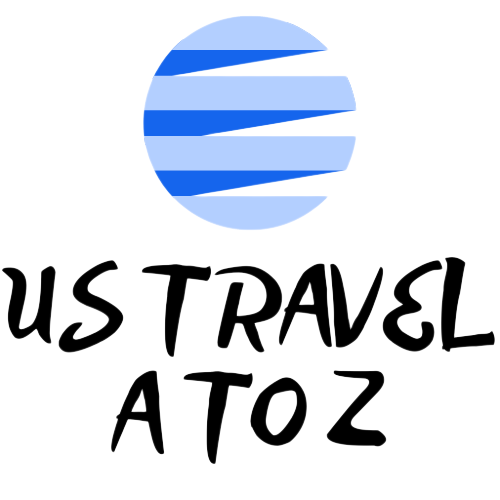Although all three major US airlines now provide a real premium economy offering, American Airlines is the only one to do so throughout its full widebody fleet.
In contrast to its business class, which varies greatly from plane to airline, American’s premium economy seat experience is rather constant across its fleet. It’s also extremely comparable to American Airlines’ domestic first class. Is such uniformity, though, a good thing? A recent trip to Germany provided the ideal chance to find out, because the price difference between economy and premium economy was little.
Here’s how my flight on American Airlines’ Boeing 777-200 from Charlotte Douglas International Airport (CLT) to Frankfurt Airport (FRA) went.
Booking
Round-trip premium economy prices between the United States and Germany normally cost between $1,200 and $2,000. However, I just required a one-way ticket because I was researching a different airline at the time.
We ended up spending around $860 for a one-way ticket from John F. Kennedy International Airport (JFK) in New York to Frankfurt via Charlotte. That was a about $200 premium above the usual Main Cabin cost, which was not terrible given that American’s extra-legroom Main Cabin Extra seats can up-sell from ordinary Main Cabin by more than $100 each way on this trip.
We could have redeemed 40,000 American AAdvantage miles instead, but there was no saver award availability on the date I wanted to go.
After booking, I was given an upgrade to business class for $490, which I thought was a good deal but rejected since I wanted to examine premium economy.
Ground experience
As previously stated, my voyage began in New York’s JFK airport. Premium economy travelers have the same access to priority check-in counters as business and elite passengers. When I came, there was just one agent working, which was excellent because there was no line at all. I was permitted to check up to two bags for free, which were labeled for priority delivery.
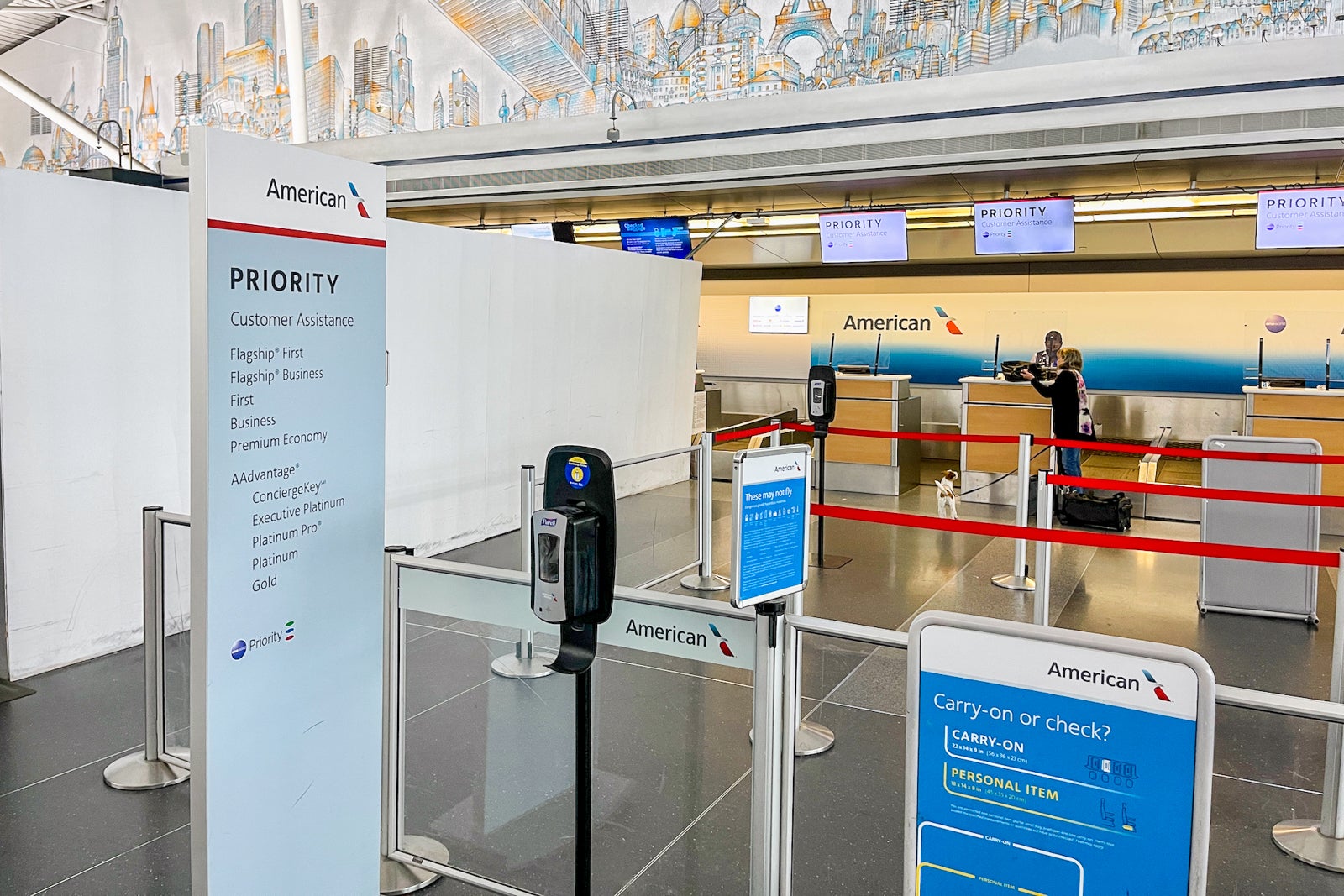
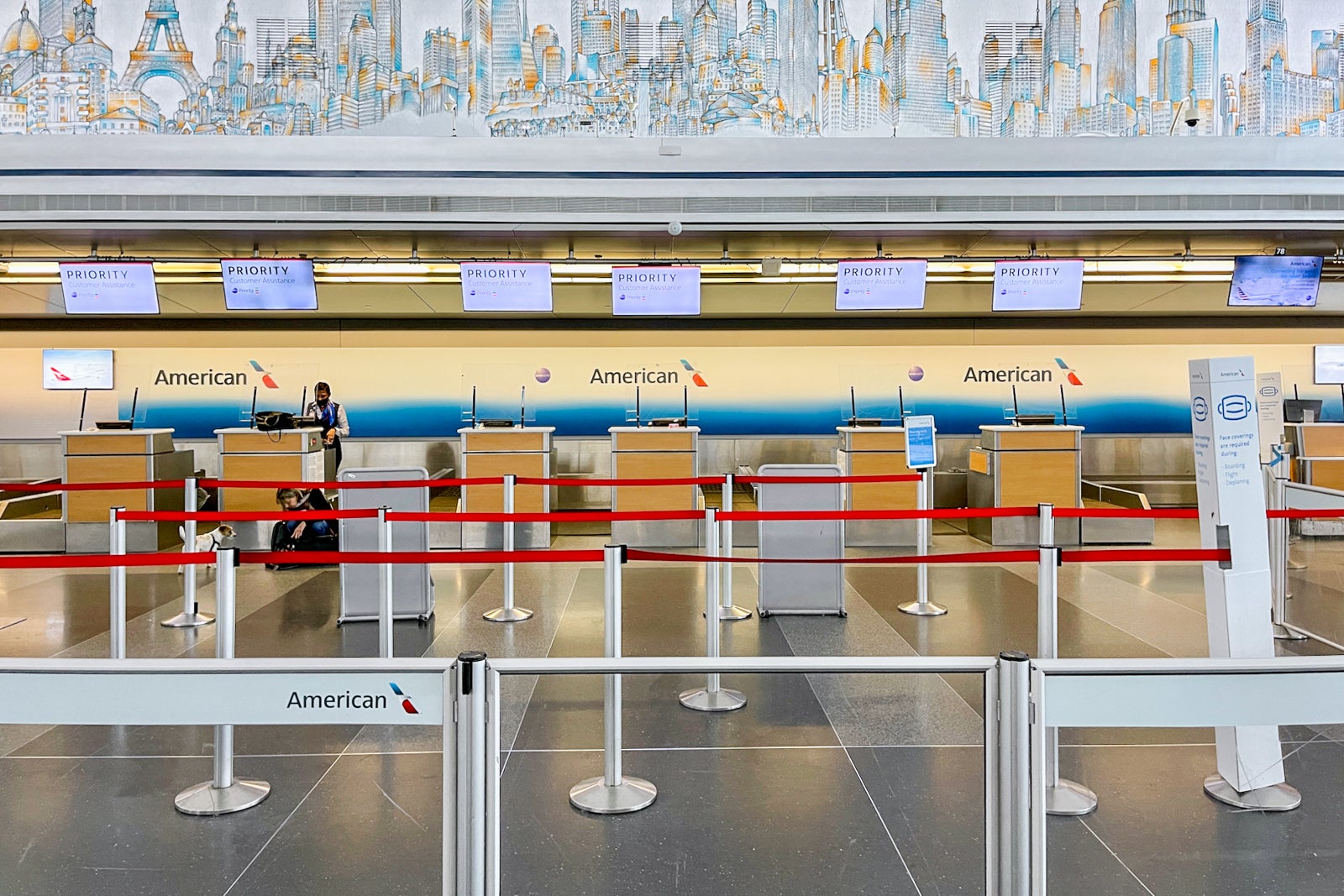
Premium economy passengers do not generally have access to lounges, but I did because of my Oneworld Emerald membership. I had intended to visit the Concourse B Admirals Club, located between gates 3 and 5, in Charlotte, but there was a big queue to get in. The significantly bigger Concourse C club remained closed for renovations, thus Charlotte does not have a Flagship Lounge.
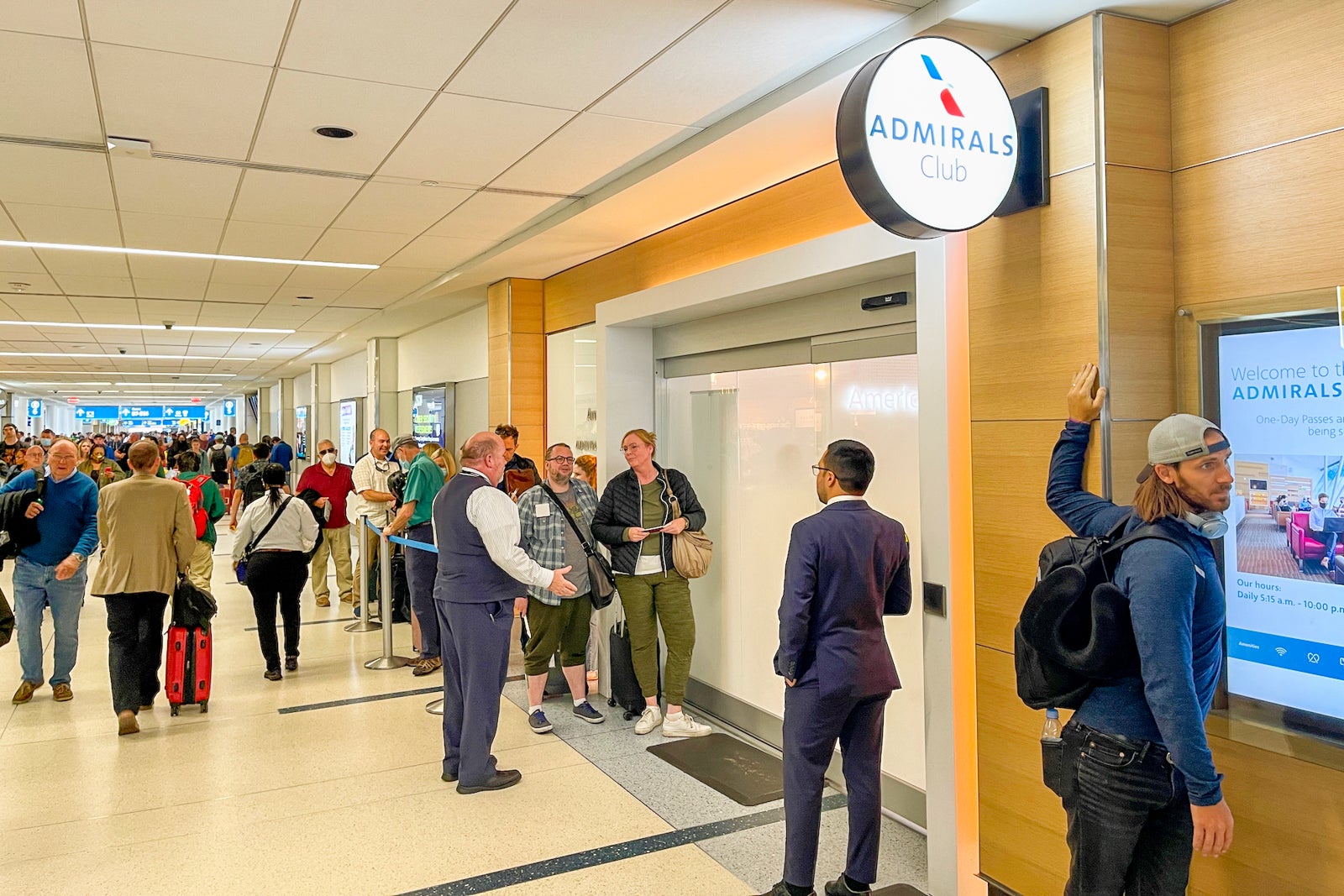
Instead, I visited the new The Club CLT, which I have access to because to my Priority Pass membership. Despite being on the smaller side, I was pleasantly pleased by how gorgeous the place was, and it wasn’t at all crowded. The meal wasn’t spectacular (fried green tomato sliders, fried pickles, and cornbread, for example), but it tasted good, and the fact that it was served a la carte added to the premium vibe. See our entire evaluation of the lounge for a deeper look at the area and services.
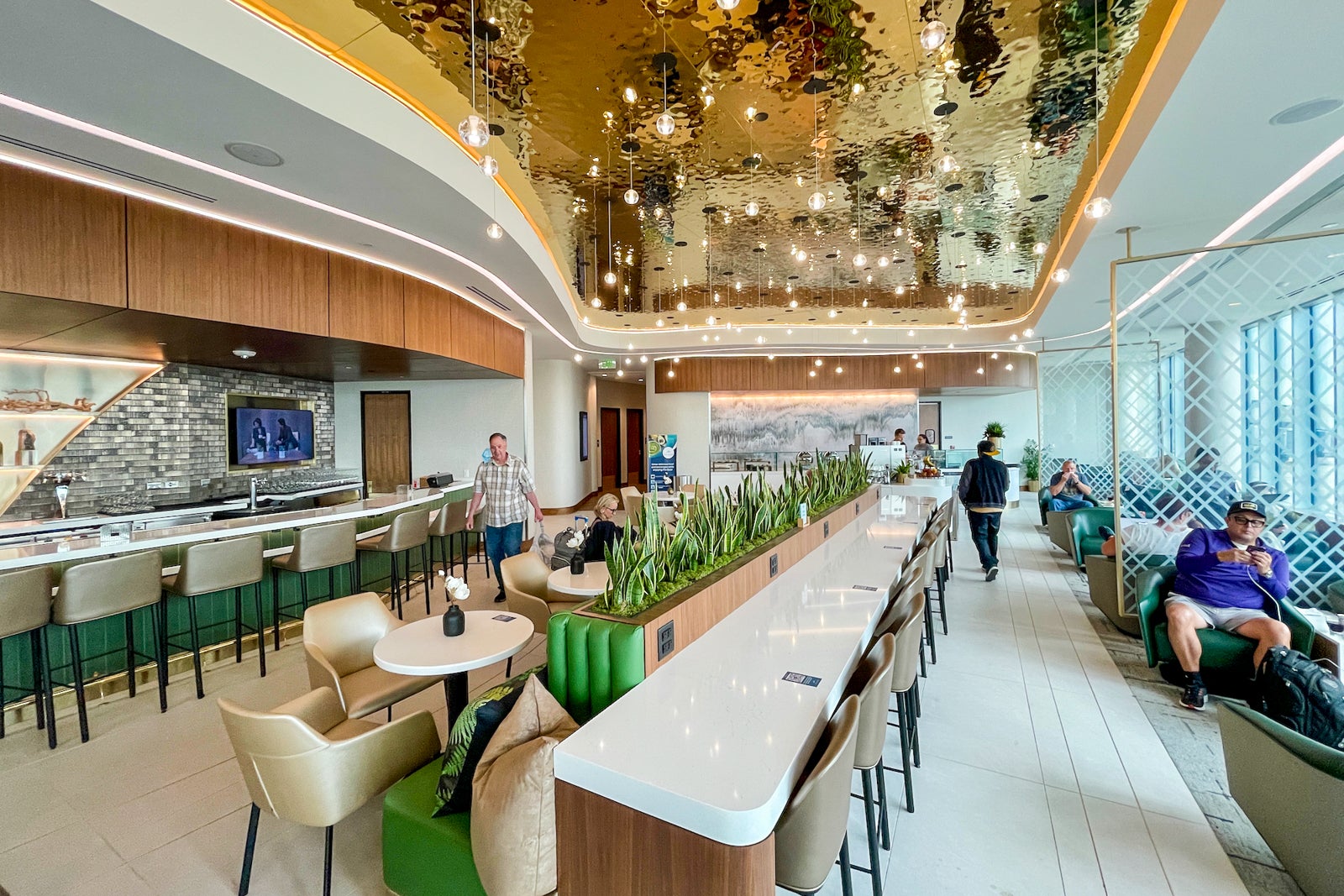
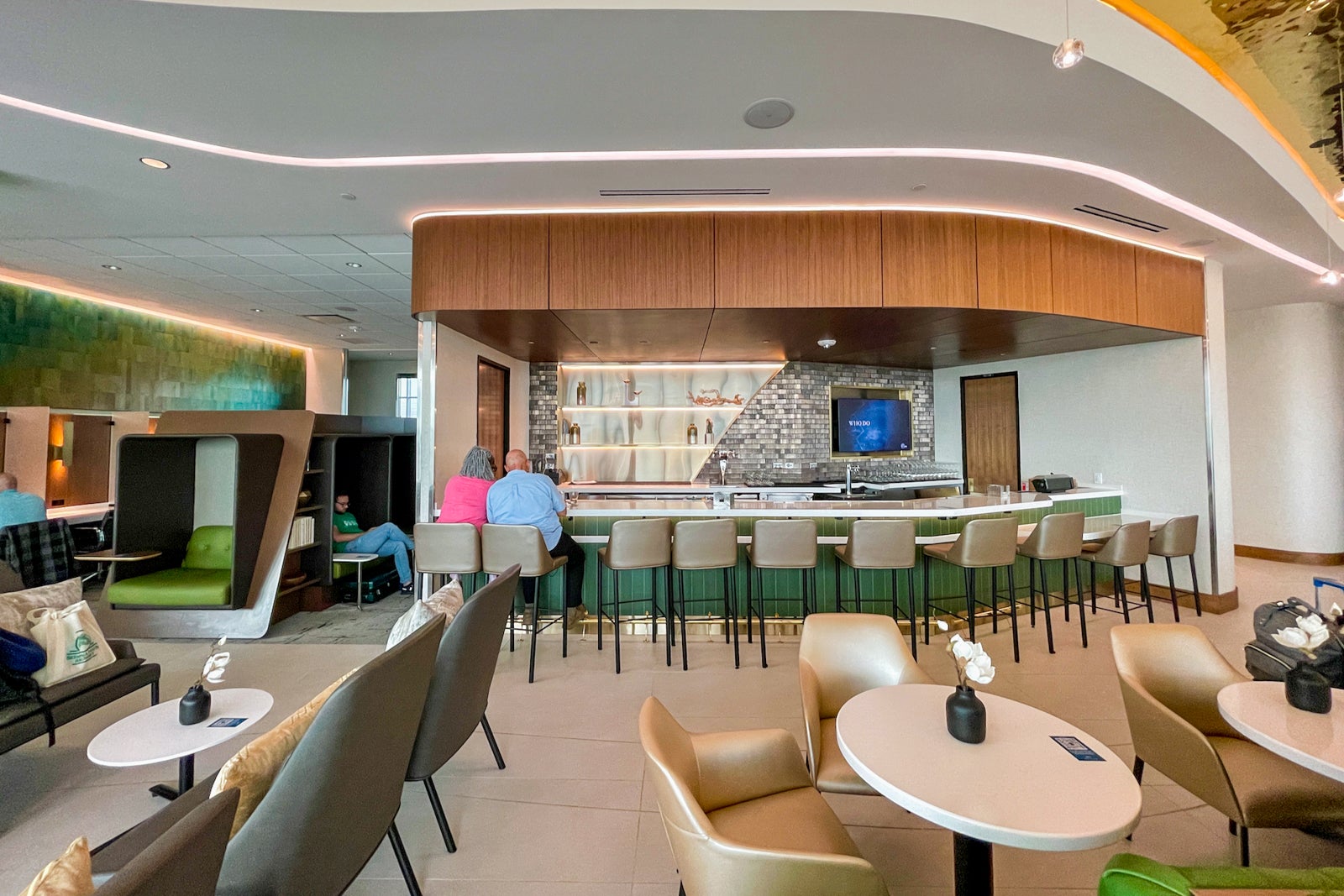
Earn up to 75,000 extra points with our top American Airlines credit cards during limited time offers.
Whether you’re a frequent or infrequent American Airlines flier, it’s a smart idea to consider getting a credit card that makes flying cheaper, simpler, or more rewarding.
It was time to board before I realized it. Premium economy passengers boarded with AAdvantage Gold elite members and users of American’s premium cobranded credit card in Group 4.
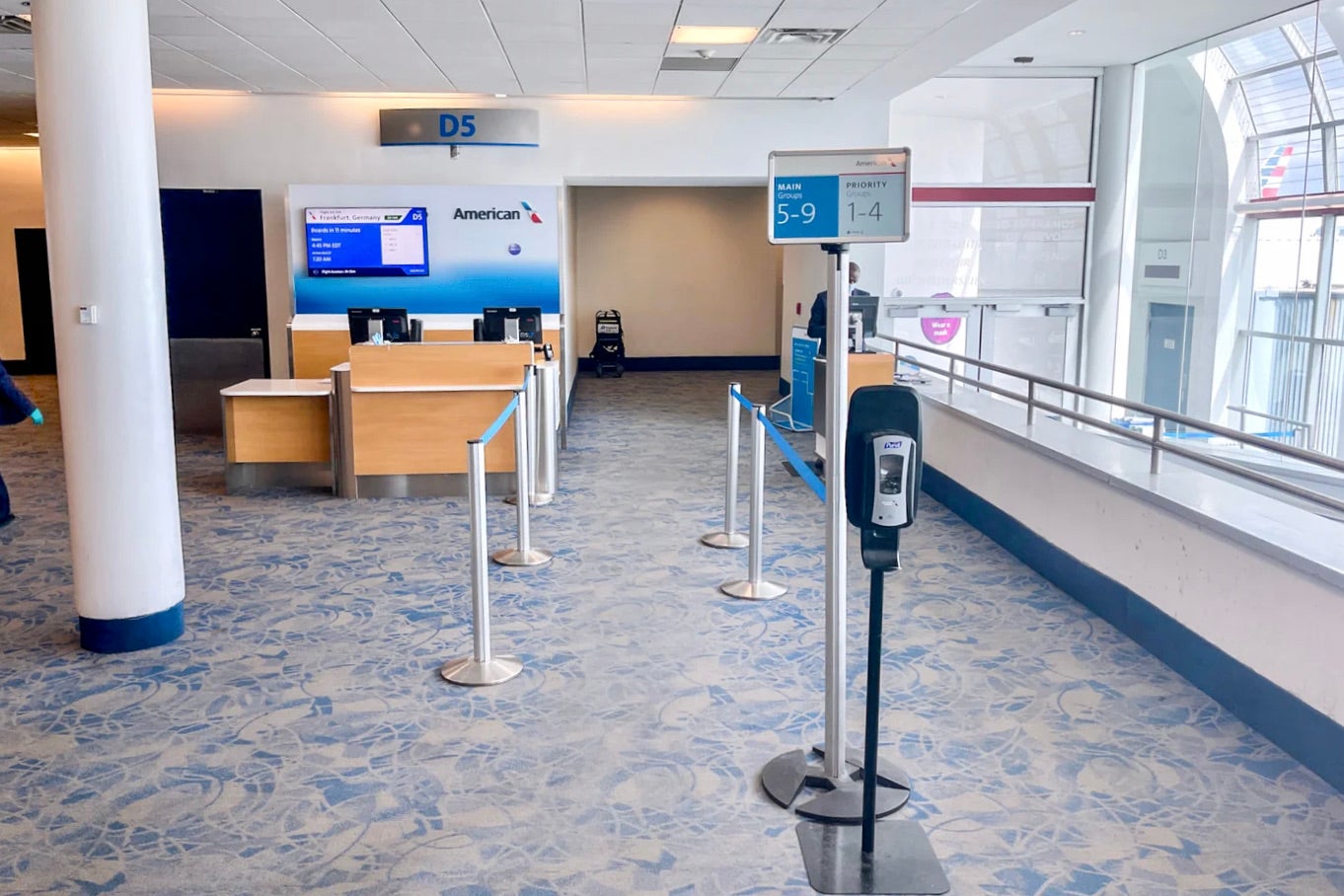
This specific 777-200, N782AN, was delivered to American in February of 2000, making it more than 20 years old, although it was in reasonably decent shape and didn’t seem antiquated due to cabin retrofits throughout the years.
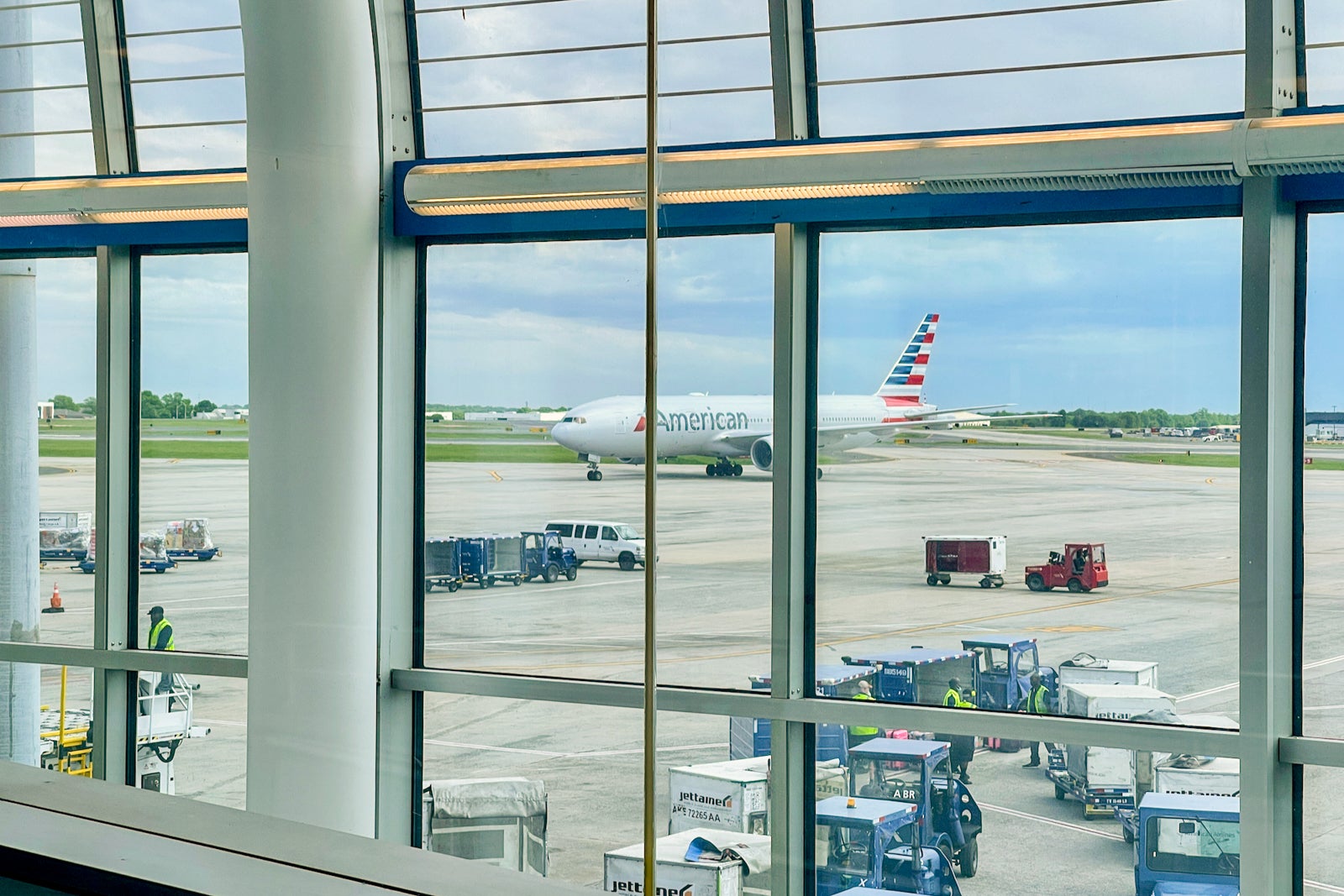
Cabin and seat
The premium economy cabin of the 777-200 is divided into three rows with a 2-4-2 arrangement for a total of 24 seats. Aside from the bulkhead walls, drapes separate the cabin from business class but not from standard economy.
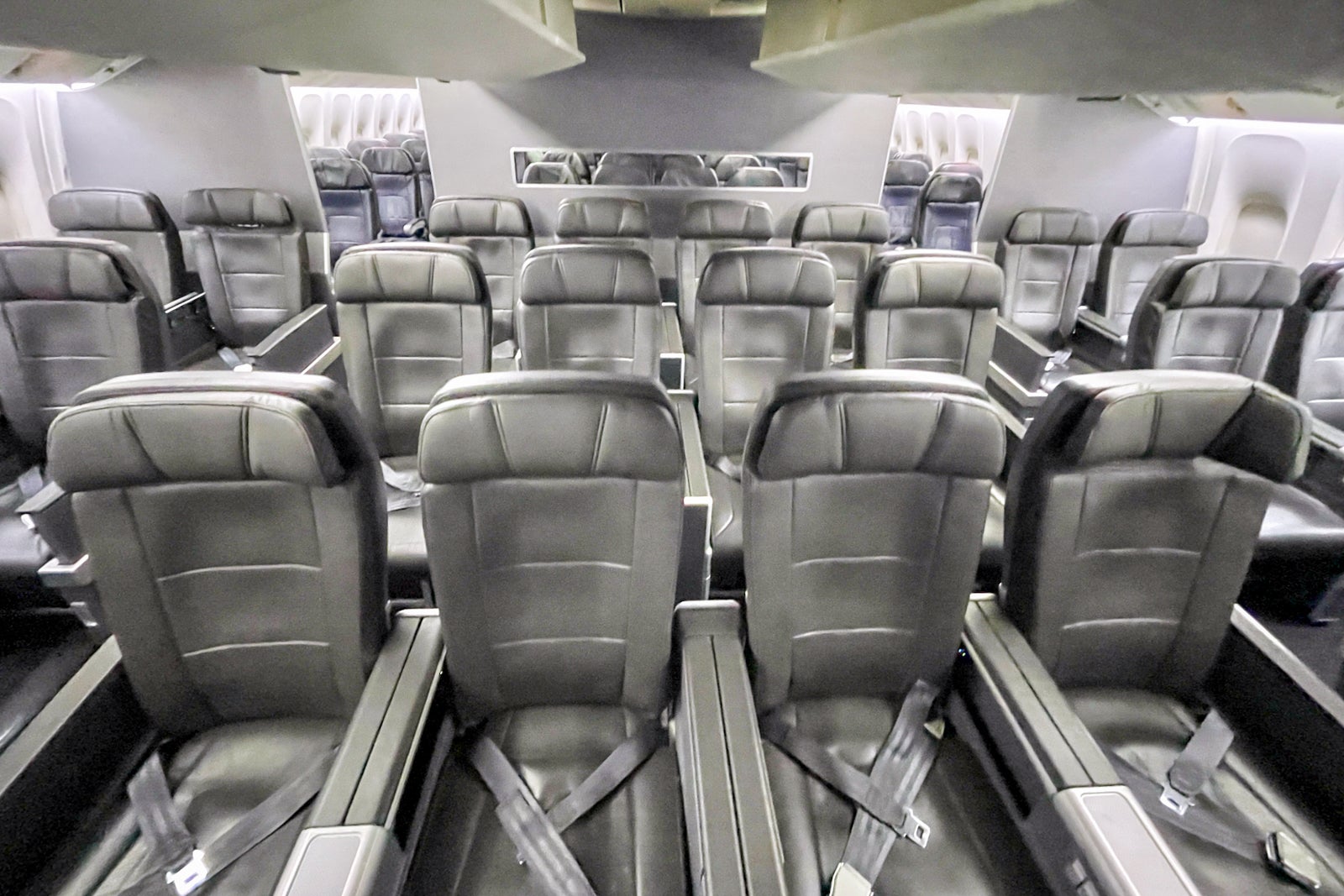
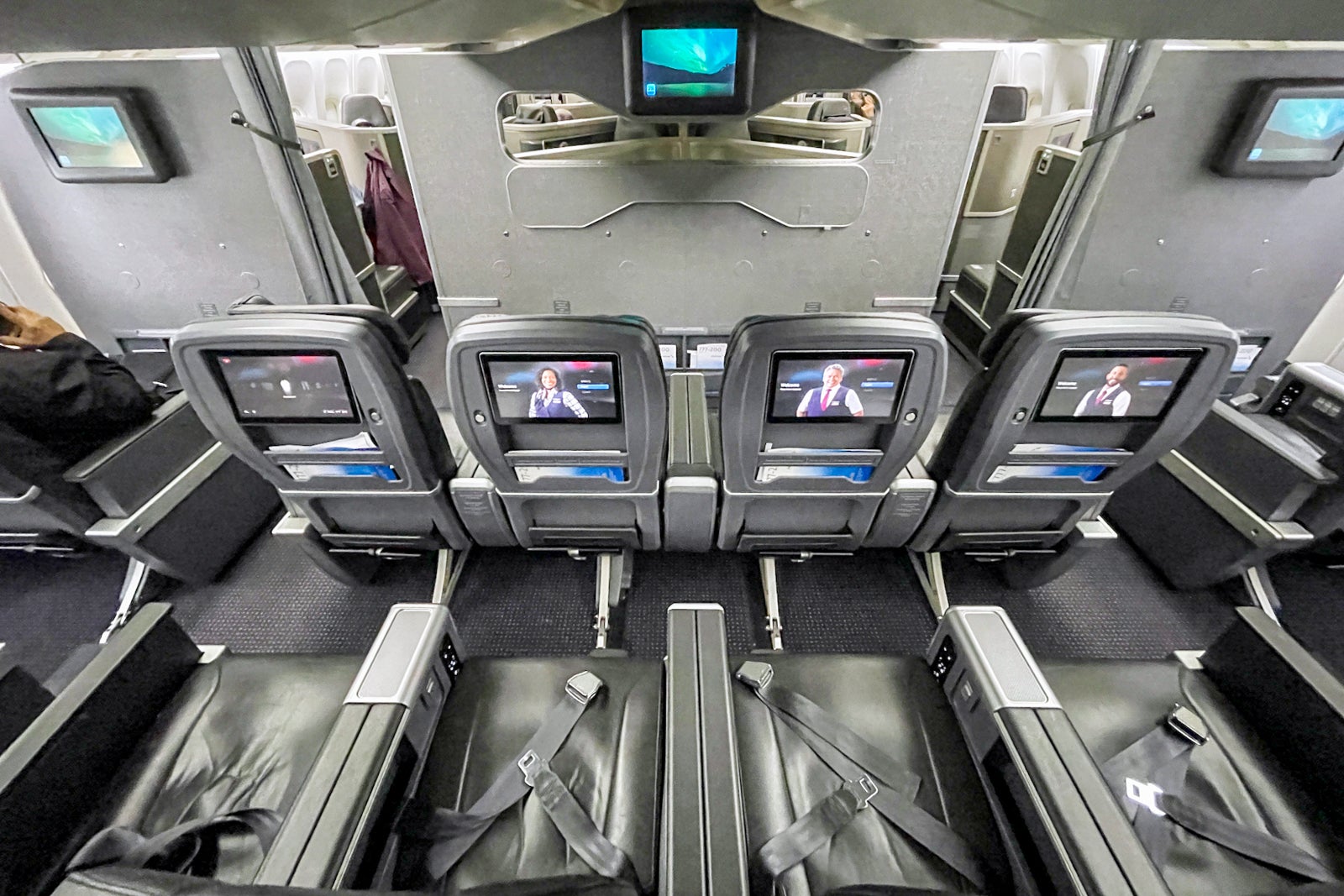
The seats are built on the same foundation as the domestic first-class offering seen on most American narrow-body planes. The key distinction is that these have in-seat entertainment displays. The seats are 19 inches broad, 38 inches long, and six inches wide, which is very common for premium economy items.
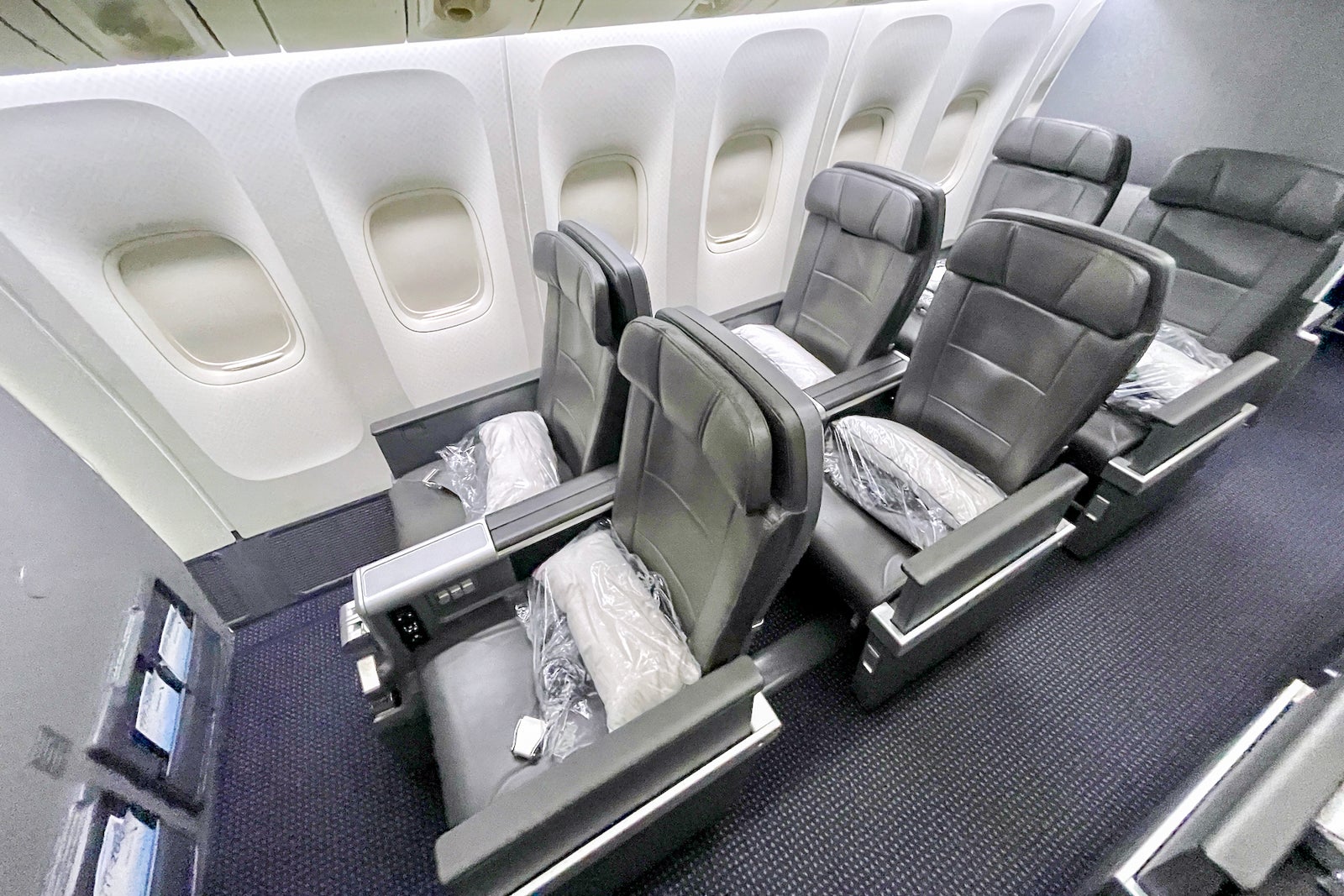
The seats have minimal storage space. Aside from the standard seat-back pocket, there is a literature box behind the screen and a storage cubby beneath the middle armrest. Given the small number of seats in the cabin, the overhead bins have plenty of space.

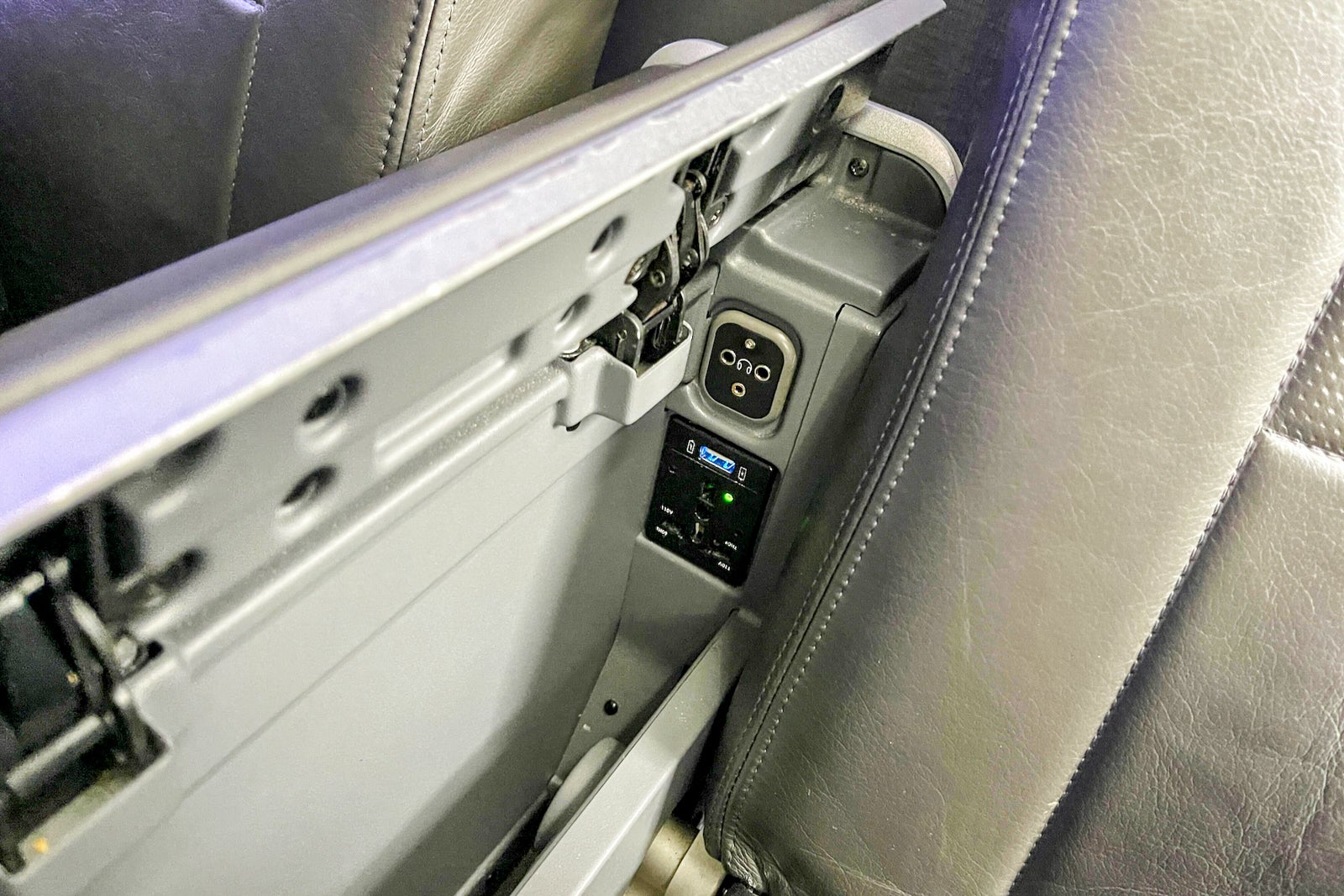
Bi-fold tray tables integrated into the armrests are 16 inches wide by 10 inches long, perfectly accommodating my 15-inch MacBook. Small drink trays pull out from the center armrests as well.
Those seated along the aisle can lower their armrests for easier access or more room.
On this journey, I sat in seat 15L, a window seat in the last row on the starboard side of the plane. My seat looked to recline the same amount as any other seat in the cabin, despite being in the final row. However, the reclining seemed a little restricted.
As with most other seats in the cabin, there was a footrest extending from the previous seat that could be manually lowered from the seat in front, however I didn’t find it to be particularly comfortable.
Those in the bulkhead row, on the other hand, have a retractable leg rest and a retractable footrest. Each seat also includes an adjustable headrest with foldable wings for sleeping support.
Premium economy travelers use the same restrooms as economy passengers. There are three in the middle of the economy cabin and two towards the far rear.
Amenities and inflight entertainment
During boarding, each seat received a plastic-wrapped Casper-branded lumbar cushion and day blanket, similar to those given in Flagship First (in addition to their more substantial bedding). Both were a significant improvement above what economy travelers receive, however it would have been wonderful if American provided a little bigger cushion, closer to what is provided in business and first class.
Upon boarding, I was also given a pair of over-the-ear “noise-reducing” headphones. They produced good sound and were rather comfy, however I eventually switched to my own headphones.
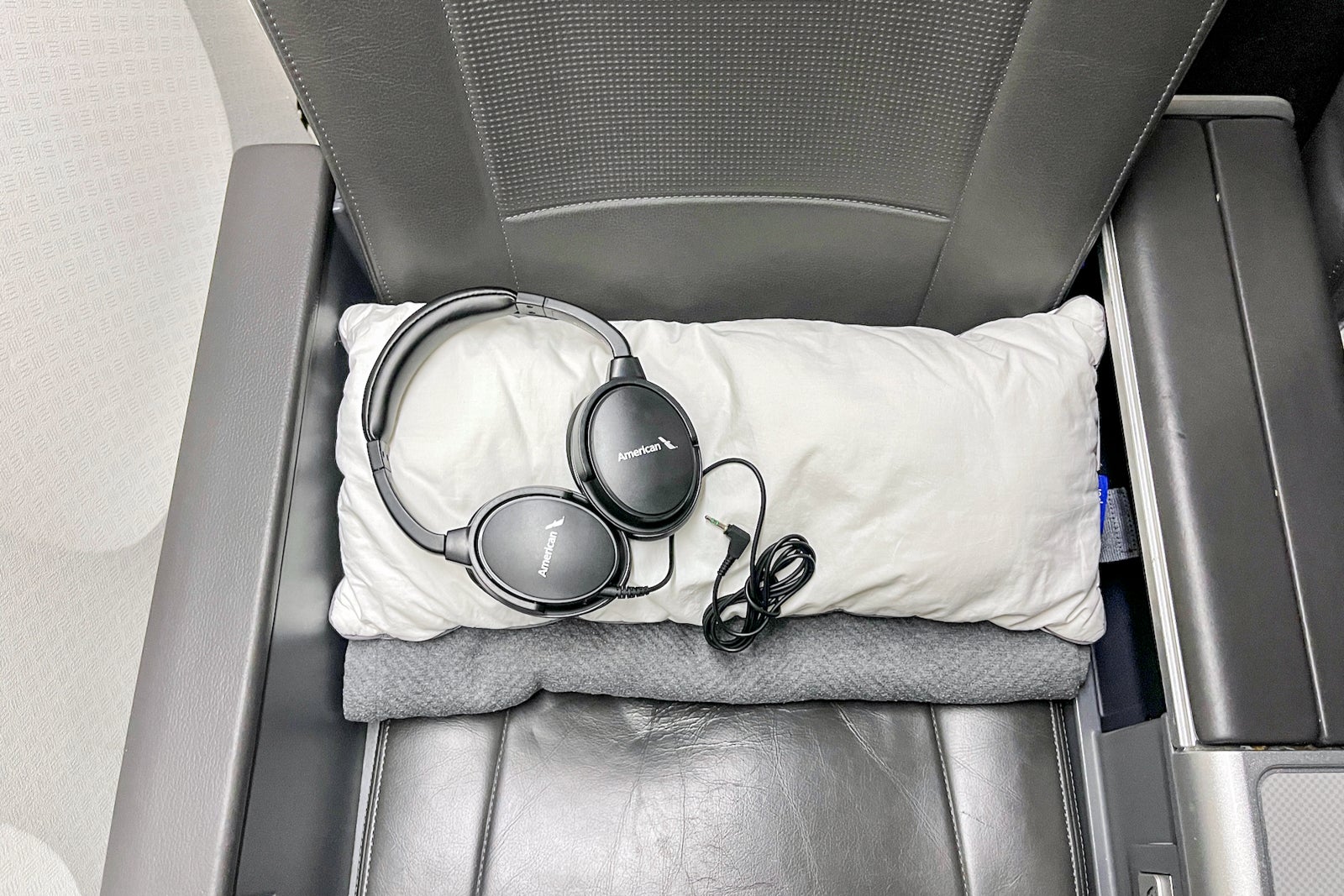
Surprisingly, only approximately half of the seats in the cabin had amenity packages. Mine wasn’t, but when I asked, the flight attendant was able to locate one for me.
The Shinola-branded bag was somewhat smaller than the business class bag, but it had the same contents: a dental kit, socks, an eye mask, earplugs, a tiny pen, and D.S. & Durga lotion. When flying business class on a premium transcontinental trip, the equipment is the same. While the bag was flimsy and unpractical, I found the contents to be helpful and of high quality.

In premium economy, 11.5-inch in-flight entertainment displays are mounted on the seatbacks. They may be operated by touch or a remote stowed in the side of the center armrest, however in my experience, the remote can be difficult to get out. There were hundreds of movies and TV series to pick from, including recent releases such as “The Commando” and “The King’s Daughter,” as well as Apple TV+ titles.
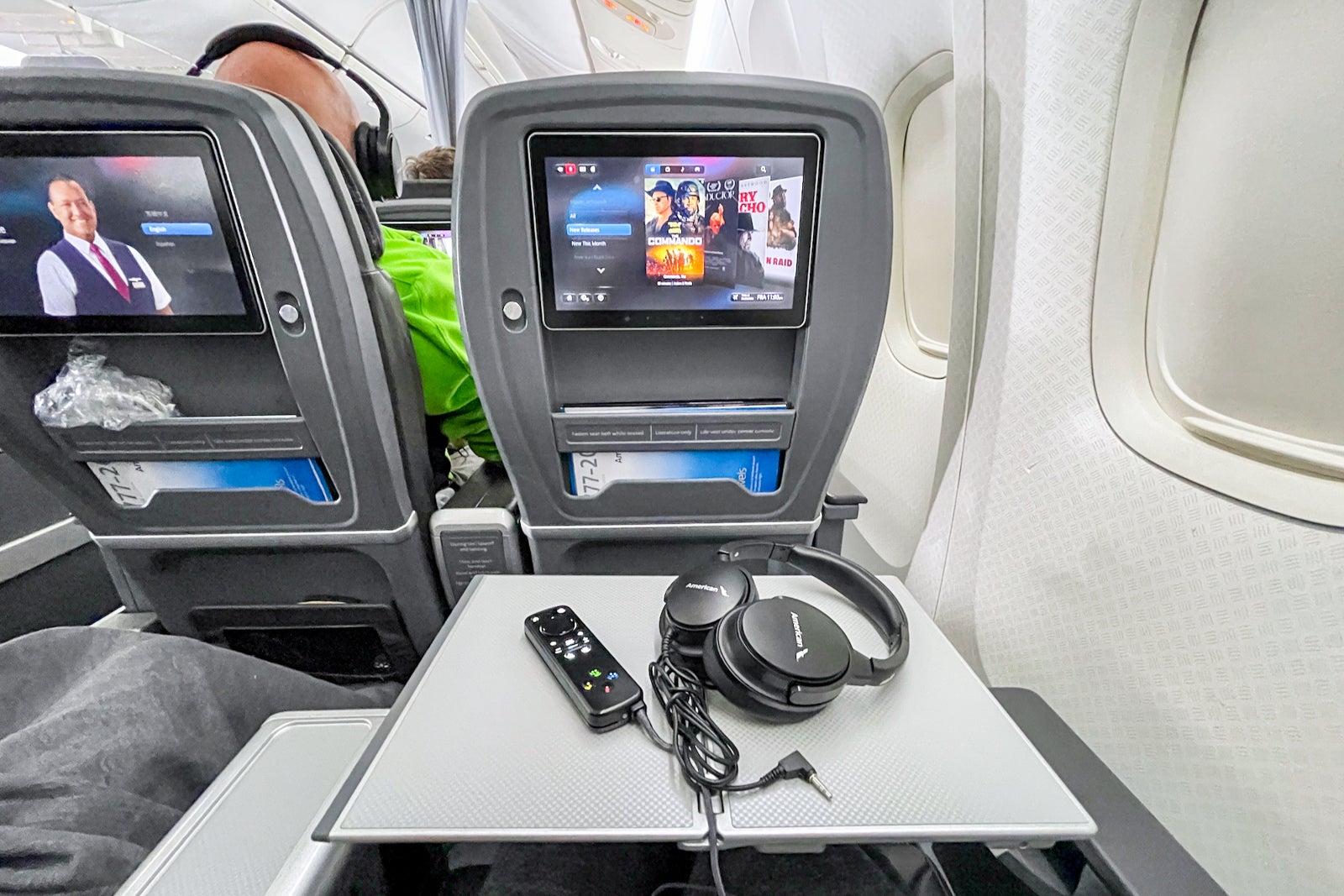
The seats also have a coat hook incorporated into the seatback as well as a universal power outlet and USB-A connector beneath the center armrest.
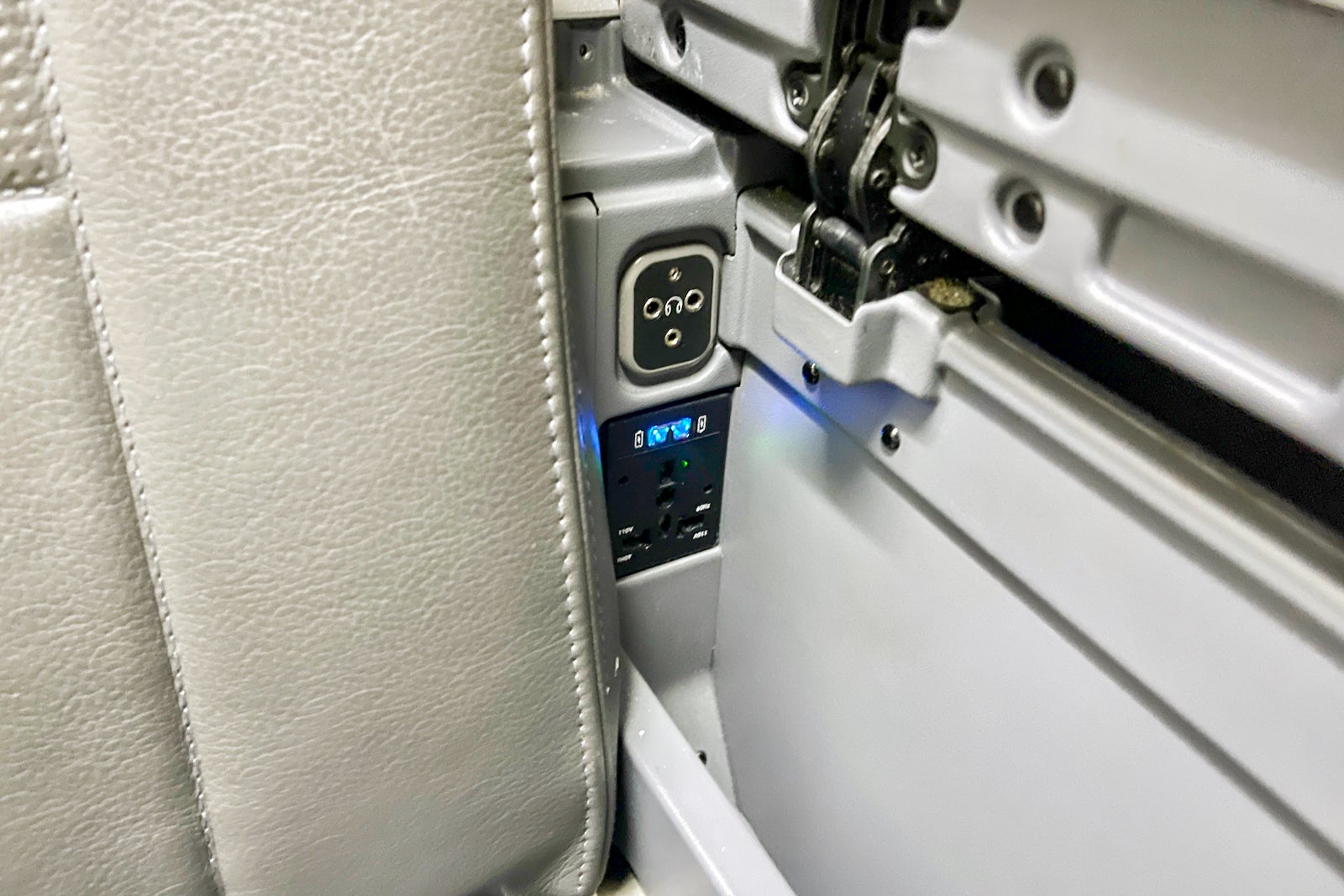
Finally, Panasonic Wi-Fi was accessible on this flight. However, it was expensive ($29 for a two-hour session, $35 for a flying ticket) and exceedingly sluggish. I couldn’t do much more than send SMS. I performed many speed tests, but they all failed.
Food and beverage
Unfortunately, no pre-flight drinks were available in the premium economy class, however flight attendants distributed water bottles immediately after boarding was completed. Interestingly, there were no printed menus available, despite the fact that American used to provide them in premium economy. This would have been a simple way to distinguish the premium economy meal experience from the ordinary economy meal experience.
The first beverage service occurred roughly two hours after takeoff, which felt interminable given that most people wanted to sleep as soon as possible. There was free beer, wine, and spirits, but normal economy passengers also received them. Drinks, like the economy, were provided in plastic cups.
Fortunately, supper was delivered soon after the drinks. On this flight, you could choose between a Korean chicken bulgogi with rice and veggies and a vegetable lasagna with pico de gallo, roasted eggplant and zucchini, sun-dried tomatoes, pecorino cheese, and béchamel sauce. Because I pre-ordered the lasagna, I received my first meal choice, but not everyone was that fortunate. Despite the fact that the premium economy cabin was barely half filled, there was no more chicken by the time the flight attendants arrived at my row.
The meal’s presentation was a noticeable step above economy in that it was presented on good dishware, but it was otherwise uninteresting. The dinner was presented in foil with a sad salad, a chilly plastic-wrapped bread, boxed crackers, a wedge of cheddar cheese, and a slice of tiramisu cake. I’m not a coffee drinker, but the tiramisu was the highlight of the dinner.
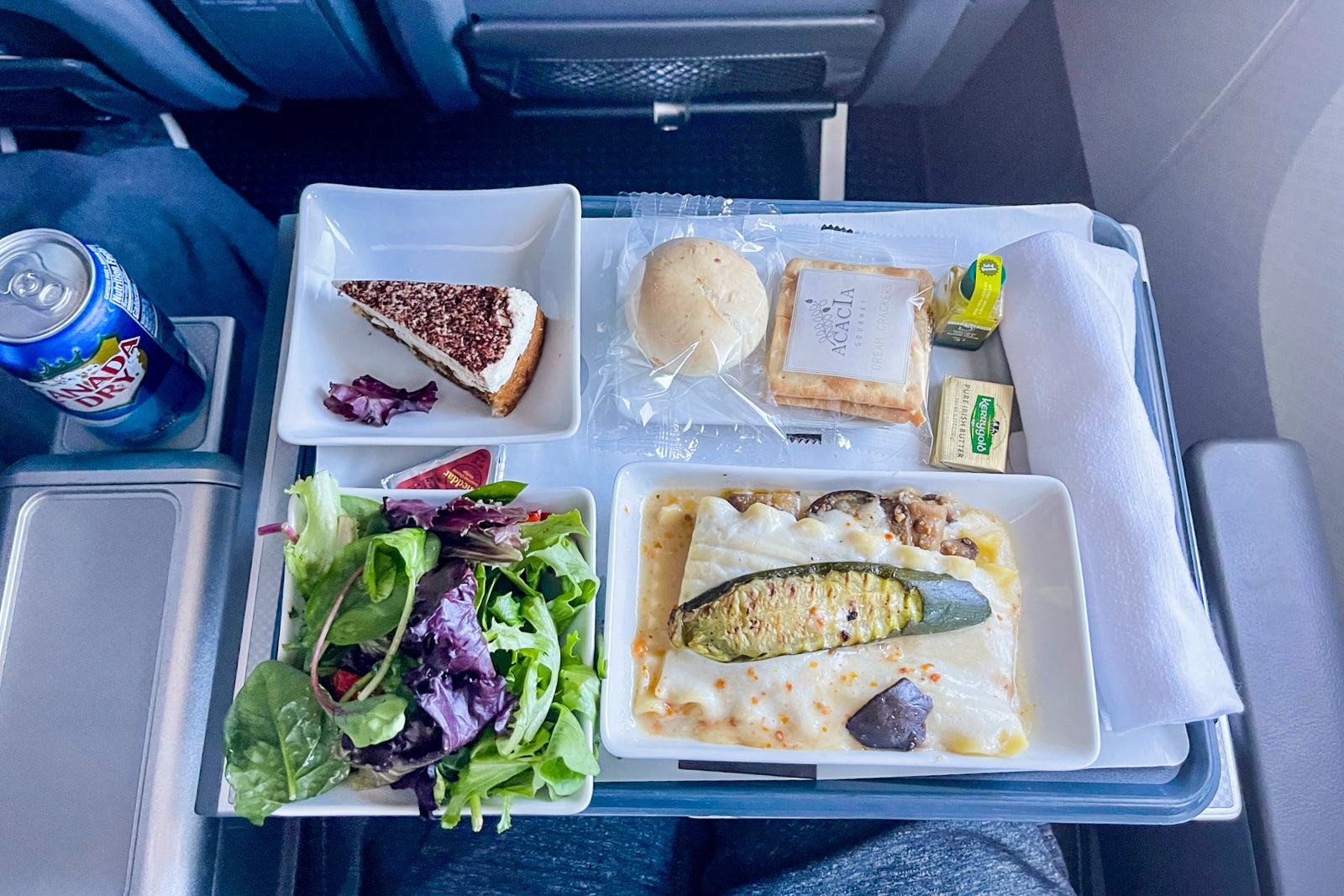
Following the collection of the dinner trays, there was a second beverage service, followed by the same boxed pretzels offered in domestic economy. There were no other options for mid-flight munchies. When I asked for a snack in the galley, I was given more pretzels.
Breakfast was provided around two hours before to landing. The lunch consisted of a fruit dish, a cinnamon bun, yogurt, and granola. The fruit plate appeared to be an advance from economy, but a cooked dinner would have made the meal feel more premium.
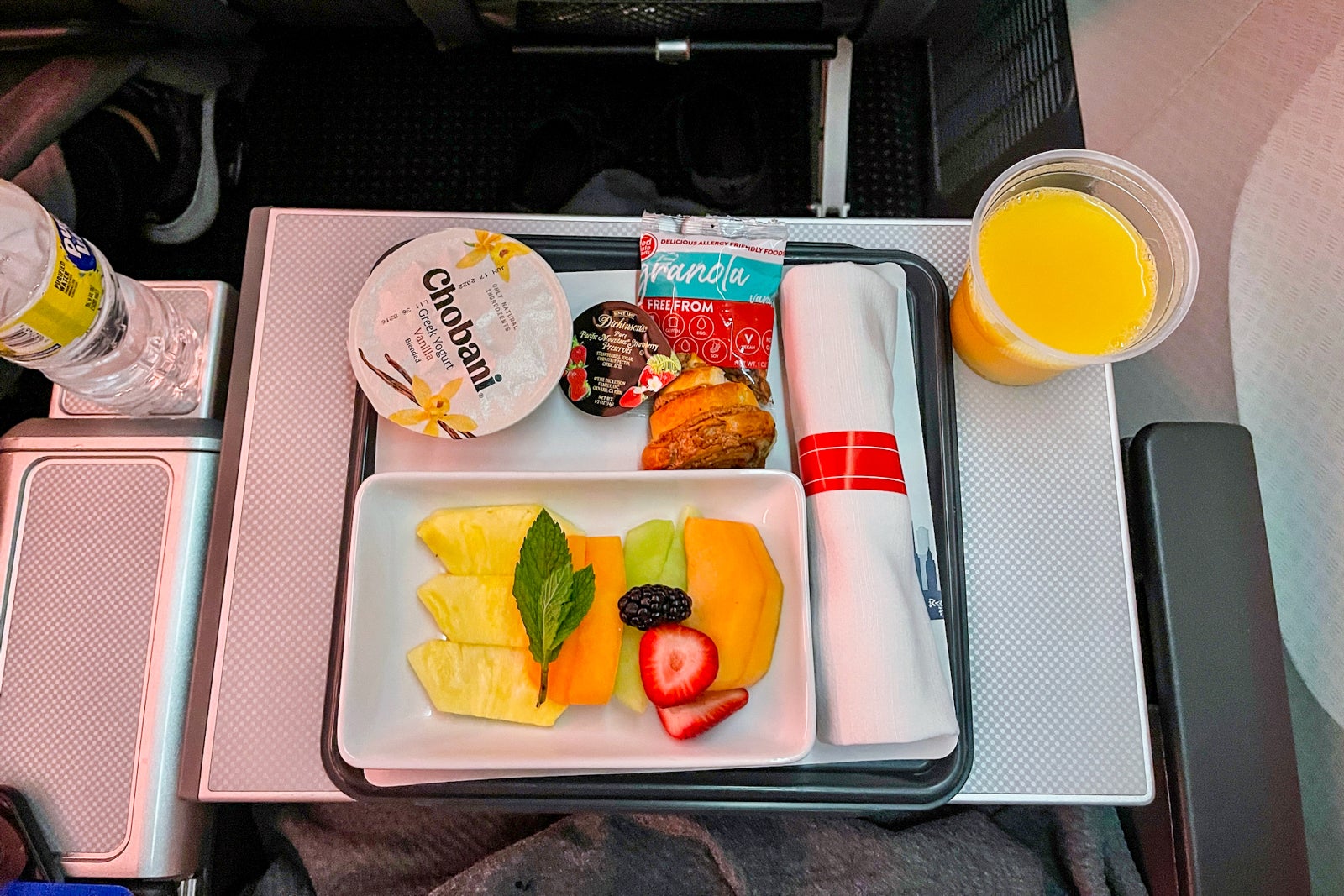
Service
The flight attendants were not impolite, but they were also not very warm or friendly. Everything seemed to be completed with the absolute minimum of effort. Meals were given with the foil wrapping still on, and I felt like I was bothering the personnel by requesting an amenity package. A flight attendant walked through the cabin with glasses of water once throughout the trip, but there were no check-ins between services. It felt just like flying in the main cabin.
Overall
My American Airlines premium economy flight experience was nothing to write home about, but it was also nothing to complain about. It served its purpose. The cost of upgrading from economy was pretty low, and as a result, I received a bigger seat with significantly more personal space. This alone makes a significant difference on long-haul flights and is well worth the extra several hundred dollars. While the improved food and amenities were welcomed, the service felt more like typical economy rather than business class.
